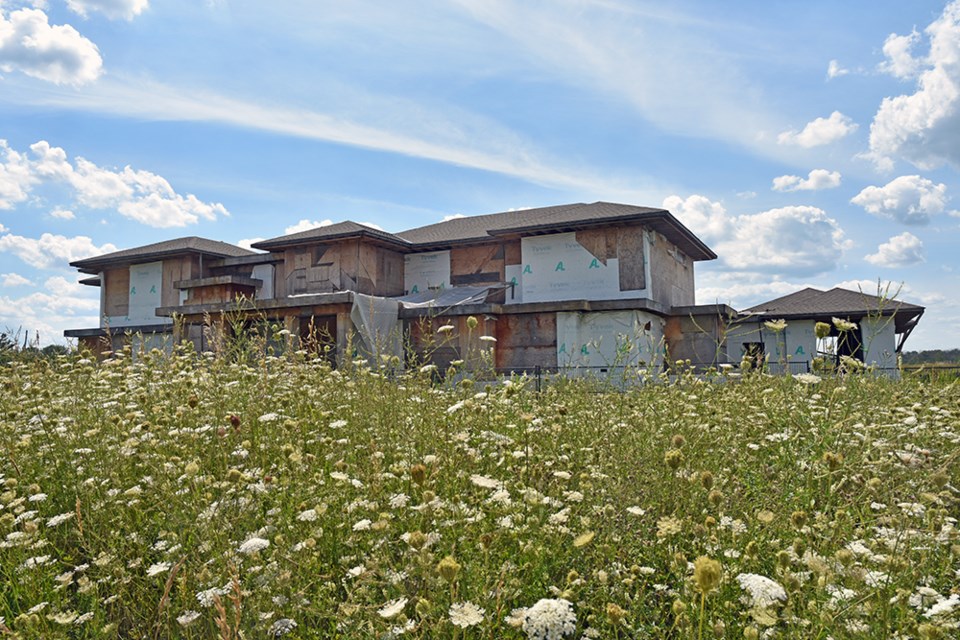With people spending more time at home these days, thanks to COVID-19, many have invested a lot of time and energy into the upkeep and renovation of their homes.
This summer in particular, many residents have spent long hours outside, working on outdoor projects like decks, patios, gardens and pools.
But not everyone.
In 2019, Bradford by-law received 113 calls relating to tall grass and excessive weed growth. These types of calls are typically made from May through September.
According to the Clean-Yards By-Law, any grass/weeds in excess of 7.8 inches/20 centimeters "shall be trimmed." This applies to both vacant and occupied lots.
“We will typically receive a complaint, have an officer attend to investigate the matter and if an infraction is noted, an Order to Comply is issued to the property owner affording a determined amount of time to rectify the issue,” confirmed Manager of Enforcement for the town, Brent Lee.
Once the compliance date has passed, an officer will conduct a follow-up visit to confirm the work has been completed.
If the issue is addressed, the investigation is considered closed and no follow-up is required. If the work is not completed, there are a number of actions that can be taken, including the issuing of fines, arranging for the work to be done at the owners’ expense, or attempting to compel the owner to voluntarily comply.
Lee noted that many maintenance by-laws require the trimming of weeds, but not the eradication of weeds.
“The ability to eradicate weeds is granted under the Weed Control Act, R.S.O. 1990, but the weed must be listed as 'noxious' and must be adversely affecting agricultural or horticultural lands,” he explained.
Queen Anne's Lace - wild carrot - is listed as a noxious weed in agricultural areas where carrots are grown, and a home on Dale Crescent in the rural portion of Bradford West Gwillimbury has become overgrown with the weeds.
The large home, still under construction, has been sitting vacant for at least five years. According to the town’s CAO Geoff McKnight, there is a legal dispute regarding ownership that has tied up construction. The owner has fenced the building and is supposed to keep the weed growth down; by-law is now investigating.
Within Bradford, one property that has generated numerous complaints is 108 Moore St., a heritage home that was gutted by a fire two years ago. The town is currently working with the owner/developer on an agreement to ensure that a replacement single-detached dwelling is constructed on the lot, with a design and siting that reflects the original home - but in the interim, the weeds have been growing.
It was the town that boarded up and fenced off the property, at a cost of approximately $31,000. McKnight confirmed that the property owner has been invoiced for the work.
“Cleanup of the area within the perimeter fencing is hampered by the unsafe state of the building. We recognize the area has become unsightly and are attempting to resolve this matter as soon as we can. If the town incurs any costs in this regard, the owner will be responsible for payment,” said McKnight.
Property owners are ultimately responsible for maintaining their property, but Lee confirms that by-law does not proactively monitor private lands for weed concerns. The process is largely complaint-driven.
Details of the agreement between the town and property owners of 108 Moore St. are expected to be brought to council next month.
Any residents who have concerns can contact the town by-law office at at 905-775-5366 x 1701.
-with files from Miriam King



